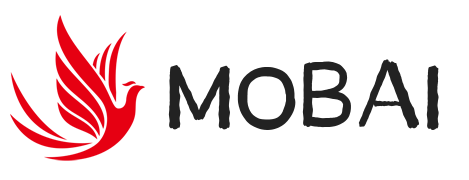Project Background
Conference and exhibition hall LED display screens serve as vital connectors for information dissemination and business showcasing. They enhance the interactivity of communication, elevate brand images, and provide audiences with immersive experiences. Identifying the unique requirements of high-quality display technology for conference and exhibition environments is critical to engaging participants and creating a professional atmosphere.

Core Requirements
- High-Quality Display Effect: Ensure clarity and visibility under varying indoor lighting conditions.
- Interactivity and Controllability: Support diverse interactive experiences, like touch screen capabilities, with ease of content switching.
- High Reliability and Stability: Maintain stable operation under continuous use, reducing malfunctions.
- Ease of Installation and Dismantling: Flexible for various meeting and display settings, with quick assembly and disassembly.
- Smart Connectivity and Integration: Ability to integrate with other digital systems, such as video conferencing systems and smart home controls.
Pain Points Analysis
- Poor Display Quality: Blurry images or color distortion under varying light or viewing angles.
- Limited Interaction: Lack of capability to interact with audiences, reducing engagement.
- System Instability: System crashes during continuous operation or frequent content switches.
- Complex Installation and Wiring: Time-consuming and wasteful for temporary exhibits or mobile meetings.
- Difficulty in Integration: Incompatibility with existing digital systems leads to cumbersome operation and technical support challenges.
Solutions
- Adopt Advanced Display Technology: Utilize high resolution and wide color gamut technology to maintain clarity and color accuracy even in complex lighting.
- Enhance Interactive Functions: Integrate touch screen and dynamic content management for richer interactive experiences.
- Reinforce System Stability: Employ high reliability components and redundant design to ensure system stability during extended operation.
- Modular Design: Implement a modular, quick-assembly architecture for fast installation and dismantling, catering to various scenarios.
- Smart Control System: Allow screen connectivity via Wi-Fi or Bluetooth for seamless control and content updates from smart devices.
Technical Specifications and Services
- Offer products with different pixel densities for varying viewing distances.
- Conduct stringent quality tests to ensure each screen is thoroughly inspected before shipping.
- Provide on-site technical support and remote troubleshooting to resolve any sudden issues.
- Design structures for user-friendly operation, ensuring ease of maintenance and replacement.
- Offer round-the-clock customer service support for timely responses to client needs.
Implementation Plan
- Needs Assessment: Understand the client’s purpose and expected outcomes to develop an appropriate LED screen solution.
- Site Survey: Evaluate the installation site to determine the best viewing angles and screen size.
- Solution Design: Design technical specifications and supporting structures based on requirements and site conditions.
- Installation and Calibration: Efficiently install LED screens and perform necessary calibration and testing.
- Content Deployment: Use content management systems to deploy advertisements and update content in real-time.
- After-Sales Service: Provide comprehensive after-sales services, including repairs, technical upgrades, and consultations.
Conclusion
This custom service proposal aims to meet the needs of conference and exhibition hall LED display screens and to address existing pain points. It ensures high-quality display and long-term stable operation of advertising content and information, while reducing energy consumption and maintenance costs. Through professional technical support and comprehensive services, we are committed to providing clients with tailored solutions that maximize the impact of conferences and exhibitions.

